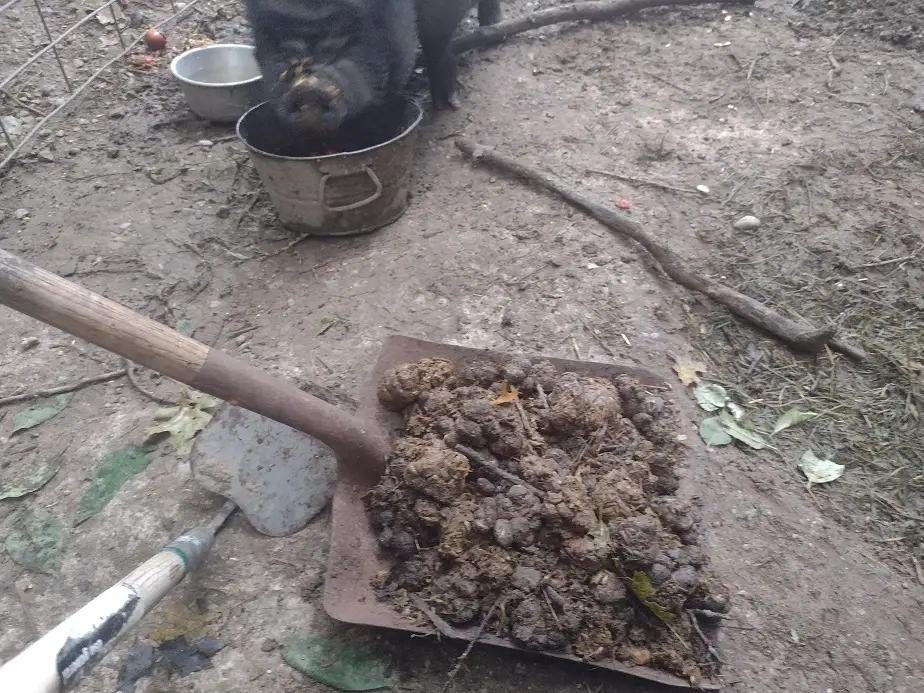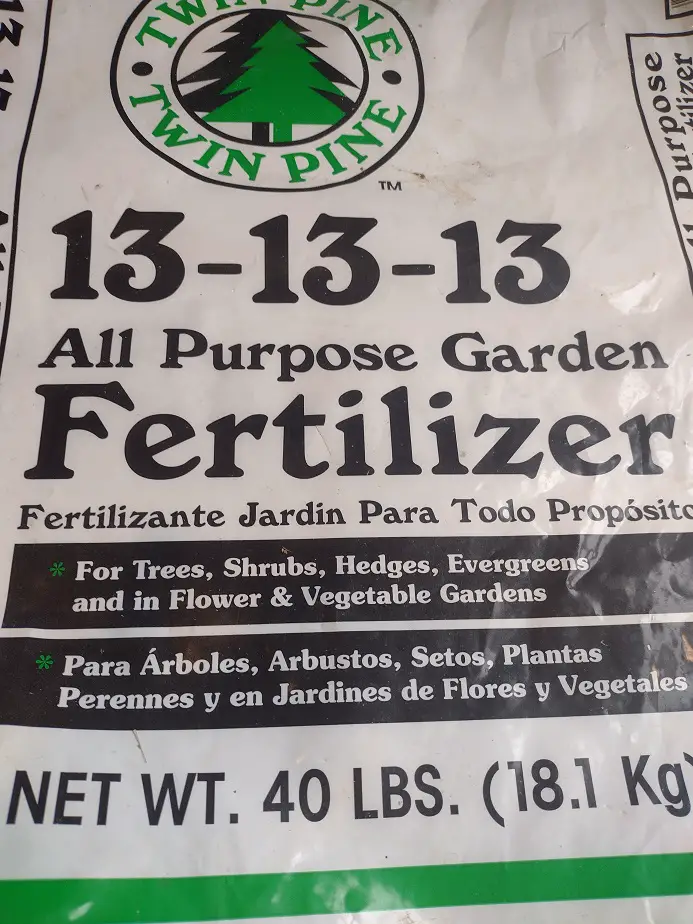I love blueberries, but they are uniquely fussy about soil conditions and fertility.
Blueberry bushes usually require basic fertilization 2-4 times a year with common fertilizer. A 10-10-10 fertilizer can be used at approximately 1 ounce for each foot in diameter of the plant. Epsom salt is often useful in soils with a pH below 5.5. Fertilize more frequently if rainy or regularly irrigated.
Okay, let’s really look into how to take care of your blueberry bushes.
What Plant Nutrients do Blueberries Need?
Blueberries have a high need for nitrogen, phosphorus, potassium, Sulfur, Calcium, and magnesium. They’re also quite sensitive to the micronutrients copper, boron, and molybdenum. Usually, the micronutrients are met, but in acidic sandy soils, you better keep an eye on them.
Iron and zinc are also very important for blueberries, but in the acidic soils the plant needs, they are very rarely lacking
The Most Needed Nutrients to Test for:
- Nitrogen
- Potassium
- Phosphorus
- sulfur
- calcium
- magnesium
- copper
- boron
- Molybdenum
Aluminum, iron, magnesium, and zinc are all more available in acidic soils. Iron is the big one for Blueberries. They are rarely lacking enough to create a problem. But, if you are growing blueberries in naturally sandy, acidic soil, you might need to add something.

Naturally acidic soil, although blueberries prefer it, is also often devoid of a lot of nutrients. It’s usually acidic due to the fact that it’s sandy so rainwater flows through it quickly, washing out nutrients. In areas where it rains a lot, it’s worse. We have a lot of that on the west shore of Lake Michigan.
The five most needed and most often lacking nutrients are Nitrogen, Phosphorus, Calcium, Magnesium, and Iron. Every stage of growth and production requires a good available supply of these minerals. In soil without much organic matter, they all may need to be added every year.
Nitrogen is the most limiting nutrient for blueberries. Nitrogen is required for all growth, but particularly for the production of green leaves. The green controls the amount of photosynthesis, which controls growth, which dictates the following year’s growth. Blueberry fruits on the previous year’s growth.
Having enough nitrogen is crucial to next year’s harvest. Blueberries don’t need a lot of nitrogen, usually about 60 pounds per acre, which is about half of what I recommend for pumpkins and a quarter of what corn usually needs. Blueberry only needs light nutrient applications on good soil.
Phosphorus is at a rate of about 30 percent less than nitrogen. Because it tends to build up in the soil and too much creates a big problem, test for phosphorus, even with a DIY home garden test. If a test is showing moderate or above phosphorus, use a fertilizer without phosphorus like a lawn mix.
Phosphorus can become unavailable, and not show in fertility tests due to acidic soils. Sometimes it may take more than you expect just to show up. If you have a pH of 5.4 or below, it’s going to take extra. Test and apply accordingly.
Potassium is needed about as much as nitrogen. Also like nitrogen, it leaches fairly easily with rain and irrigation. I’d be darn surprised if yo didn’t need to add some to your soil every year. I’d apply it at the same rate as nitrogen unless soil tests show a high potassium content already.
Magnesium is essential for good blueberry production and it’s usually sufficient in most soils. If you’re working with a very sandy soil, you’ll need to add magnesium. It’s usually added as magnesium sulfate, aka, Epsom Salt.
Correct magnesium deficiencies in soil with 150 pounds of Epsom salt per acre, or 1-1/2 ounces per plant once or twice a year as needed to correct deficiency symptoms.
Excessive calcium is problematic, Magnesium gets locked up by excessive calcium. If you have high-calcium soil like we do, you may need extra magnesium. Since magnesium is only needed in small amounts, it’s easy to correct.
EXPERT TIP: Blueberries are fussy about iron, preferring a very narrow window of perfection. Honestly, the best way to handle it is to have grass growing around your plants. Grass fixes and manages iron in the soil very well. It works better than testing and chemical applications.
Maintaining trimmed or mowed grass around your plants will also help prevent soil erosion and fertility loss, and help add organic matter to your soil. That organic matter is the real key to successful blueberries.
in a healthy system, 1 percent of organic matter usually releases about 10 pounds of nitrogen, potassium, and phosphorus a year. If you are maintaining soil by allowing all plant debris to fall to the ground, soil with 6 percent organic matter probably doesn’t require any further fertilizing.
The Best, most productive blueberries I’ve ever seen hadn’t been fertilized in over 20 years. They were simply in good soil. Those were some darn tasty berries.

A very high organic content in the soil os actually bad for blueberries. organic matter works to neutralize the pH of soil. I wouldn’t want more than 5 or 6 percent organic matter at the most. It can turn a nice 5.0 pH to a 6.0, which is poor for blueberries. A good soil lab can test your organic matter content.
How Often to Fertilize Blueberries
Splitting fertilization into up to 8 applications a year shows the greatest benefit in production, but usually, 2 or 3 applications are far more practical and still acceptable enough. If you are going to be
If your soil is very low in phosphorus and low or medium in potassium a good choice would be
14-28-14.
If your soil is low to medium in phosphorus and low to medium in potassium a good choice
would be 10-10-10. This is also a good choice if you are not sure of your nutrient levels.
If your soil is high in phosphorus and medium or high in potassium a good choice would be 12-4-
8 or 16-4-8.
300 pounds 10-10-10 per acre is about the standard for a blueberry crop. For small gardens, use about 1 ounce per foot of diameter of the plant.
Related Articles:


